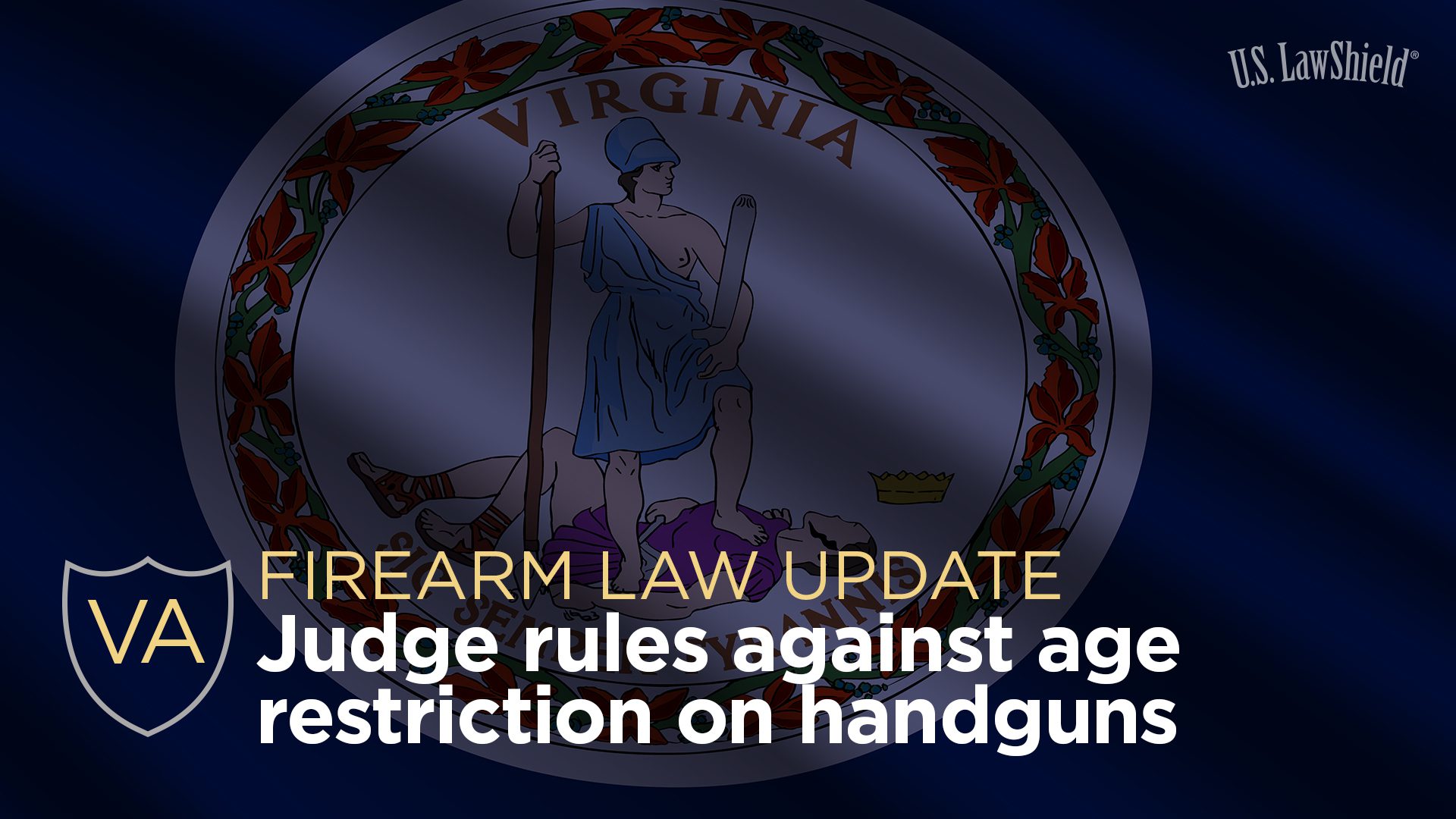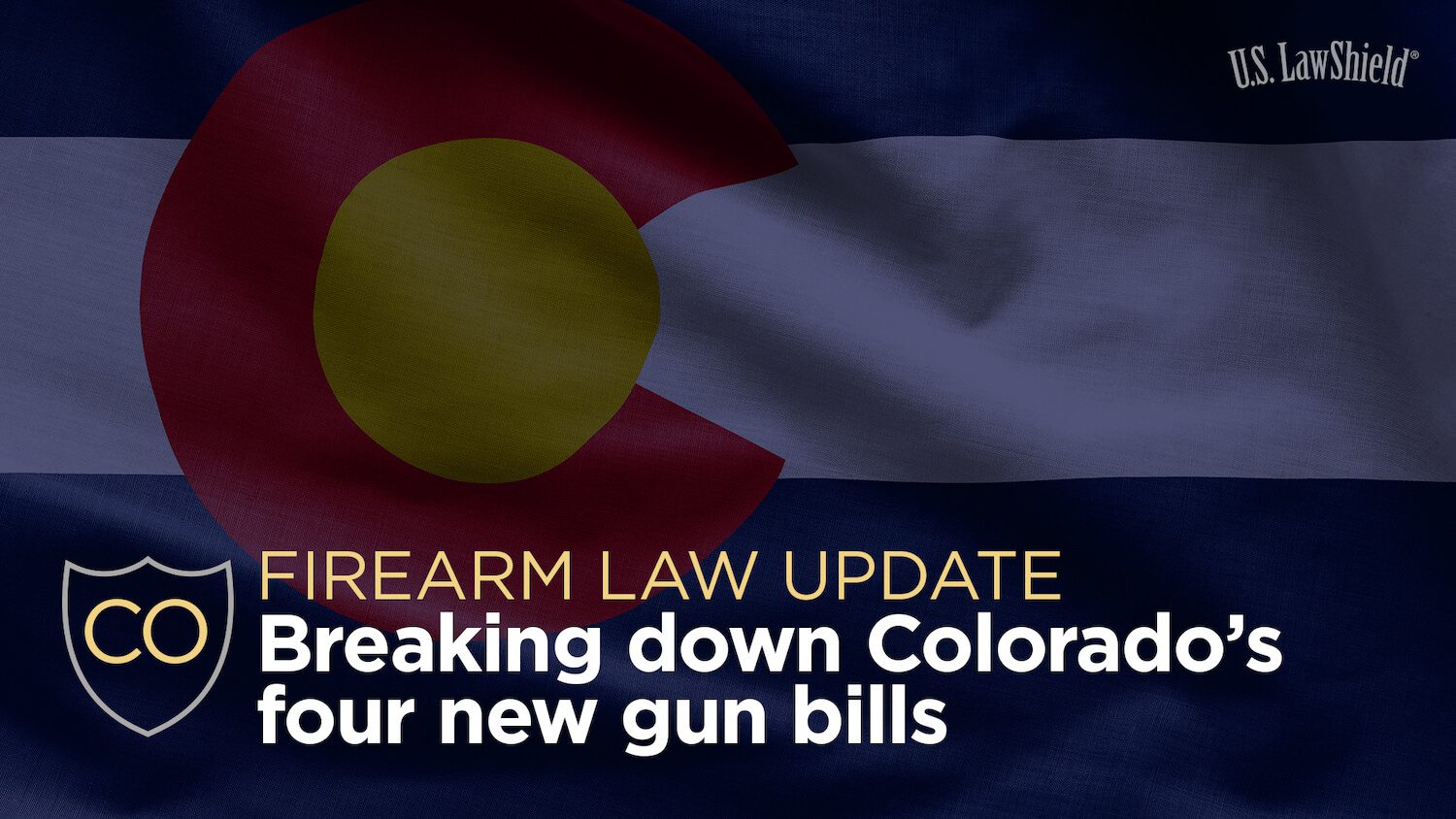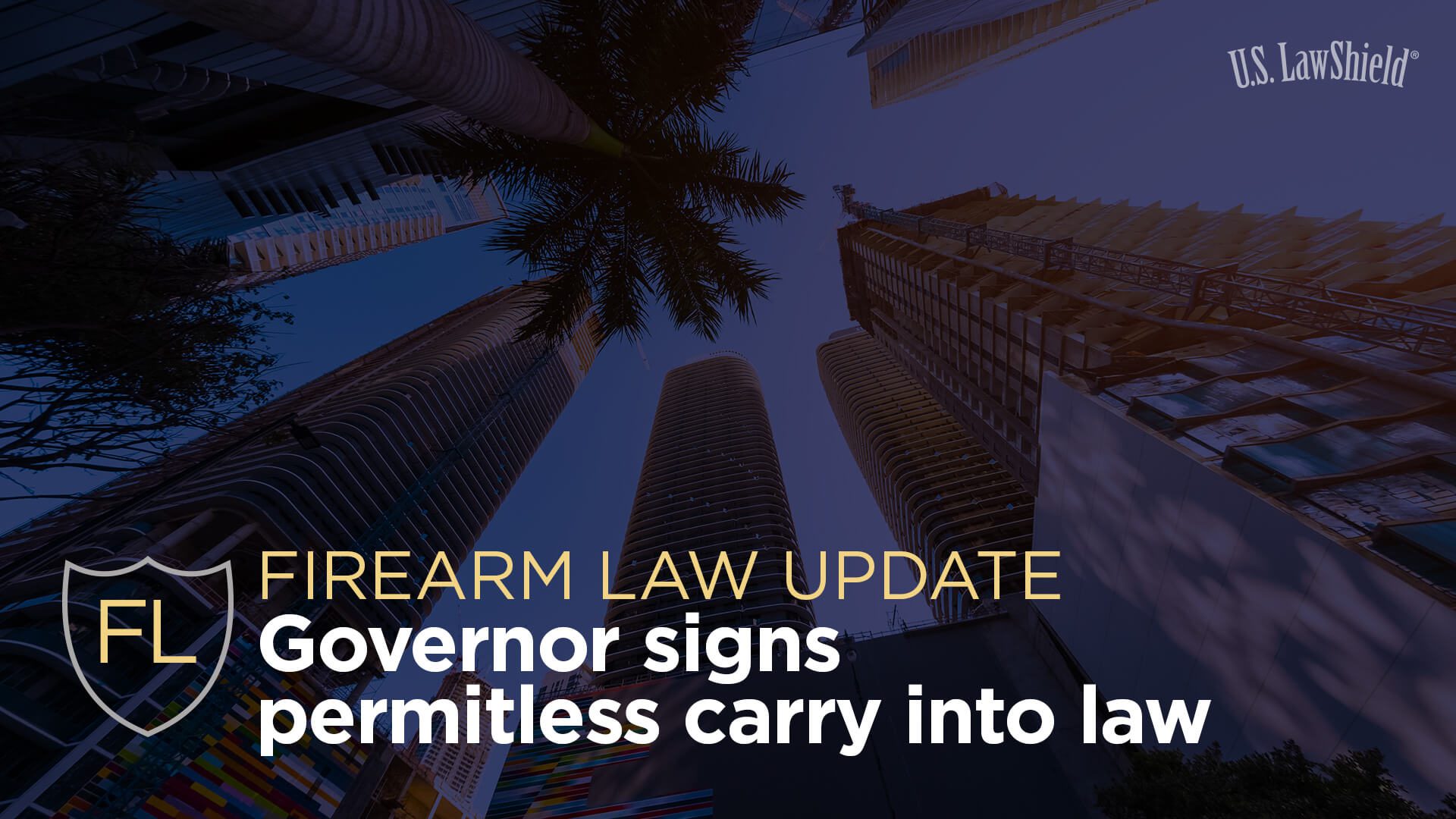I wanted to delve into some terminology today to help clear up any misconceptions you might have when it comes to what constitutes legally justified use of force and the use of deadly force in Ohio; specifically how these terms are relevant to you, the citizen, and you, the gun owner.
LEVELS OF FORCE
We have two levels of force in the State of Ohio when it comes to self-defense: basic force and deadly force.
They do not necessarily operate independently of each other, and both are considered legally justifiable uses of force. Anyone forced to make a decision of whether to defend themselves, property, or third parties is also making a decision of what level of force can be used in the given situation. So, an understanding of the two is very important.
LEGALLY JUSTIFIED USE OF FORCE
First of all, as it pertains to legally justified use of force, Ohio law specifically states in ORC § 2901.05: “a person is allowed to act in self-defense, defense of another, or defense of that person’s residence.” In Ohio, a person is legally justified in using physical or basic force to defend themselves, third parties, and property in those instances where there is no threat of death or great bodily harm.
The law defines the basic level of force as “any violence, compulsion, or constraint physically exerted by any means upon or against a person or thing.” Circumstances justifying the use of basic force are all those which fall short of those justifying the use of deadly force. Essentially, one may use any level of force up to but not including deadly force in these situations. This would include, for example, restraining someone from hitting you or someone else, or punching or kicking someone in an effort to defend yourself. We could go through a million scenarios, but simply remember: if you don’t feel your life or the life of another is in danger of death or great bodily harm, then only basic physical force will be justified.
LEGALLY JUSTIFIED USE OF DEADLY FORCE
Deadly force on the other hand, which is defined in Ohio law as “any force that carries a substantial risk that it will proximately result in the death of any person,” can only be used in two very specific situations. This of course means firearms which are specifically designated “deadly weapons” in the Ohio Revised Code.
What are the two situations? Well, number one is the classic self-defense situation where the person resorting to deadly force: must have possessed a bona fide belief that they were in imminent danger of suffering death or great bodily harm; must not have created the situation leading to their use of deadly force; and not have violated their duty to retreat. Scenario number two relates to the Castle Doctrine, where the person is not only allowed to defend themselves, but may do so by means of a deadly weapon when facing a threat while in their home or vehicle, and is presumed to have acted reasonably in doing so.
Hopefully that was helpful in clarifying legally justified use of force and deadly force concepts under Ohio law. Remember, if you have any questions about this topic or any other, please feel free to call U.S. LawShield and ask to speak to your Independent Program Attorney.




What is the duty to retreat?
Hello John: It’s Wilkes Ellsworth, Independent Program Attorney for Ohio, and I would like to answer your question. Ohio has a duty to retreat requirement before resorting to the use of deadly force self defense in all areas not covered under our Castle Doctrine, those being your home or vehicle or vehicle of an immediate family member. Essentially what this means is that if confronted with a threat in a public place you must try and avoid the use of deadly force through your actions and words if you can do so reasonably and safely. If you can withdraw before resorting to using your gun the law dictates that you must do so. If you would like a more detailed explanation please call U.S. LawShield and ask to speak to me. I would be happy to expand on this response.
If one claims self defense and the Prosecuter responds by saying the defendant used excessive force exceeding reasonable self defense how does a defendant show otherwise ?